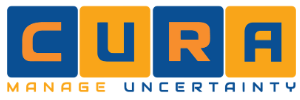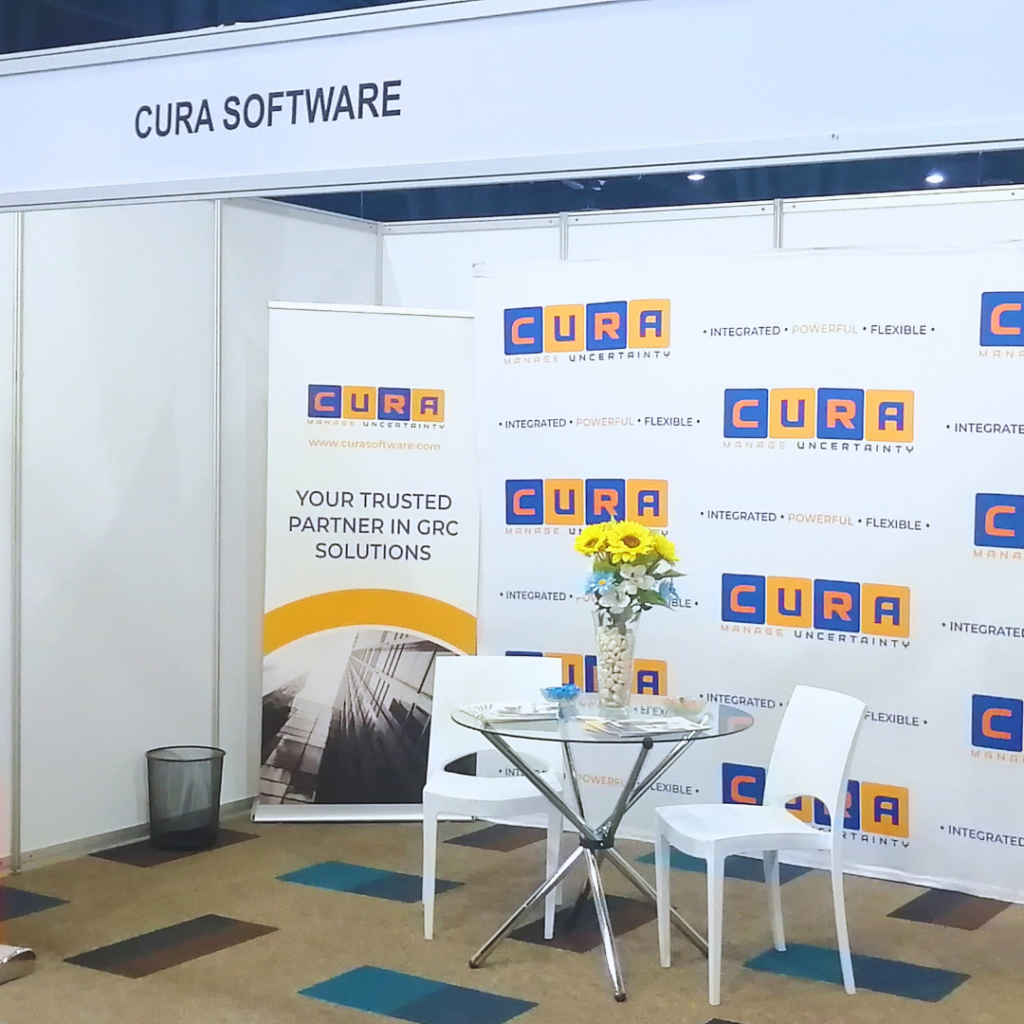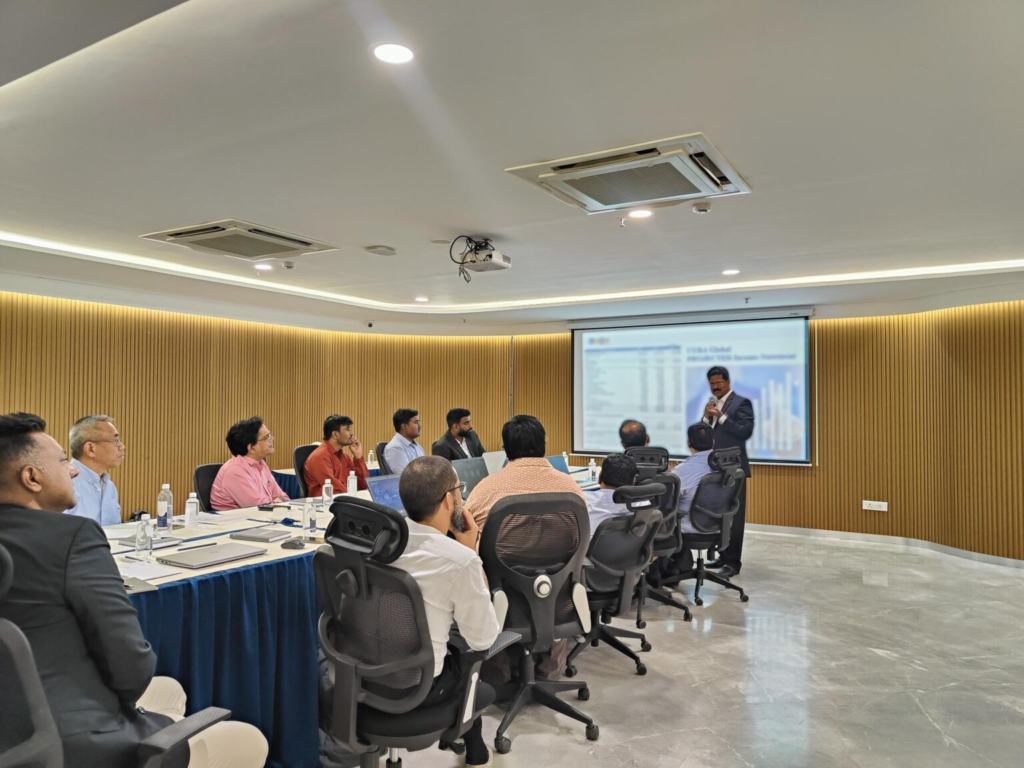In today’s ever-changing business landscape, organizations are always looking for methods to improve their Governance, Risk, and Compliance (GRC) operations. Recognizing the significance of staying ahead of the curve, CURA has made a huge step forward with the launch of the CURA NextGen (CURA NG) platform. The most recent 2024.01 release of CURA NG is expected to transform the way organizations handle risk and compliance duties by addressing key pain points and providing an extensive set of unique features targeted at increasing productivity and usability.
1) Simplifying Domain Management with Copy Domain Functionality
Professionals in risk management must be efficient. Previously, generating new domains and populating them with assessments in CURA NG was a time-consuming procedure that involved manual duplication and precise data entry. This method frequently resulted in inefficiencies and an increased likelihood of errors.
The newly introduced Copy Domain functionality greatly facilitates this procedure. Users can now easily duplicate entire domains along with their associated assessments. They may easily copy complicated domain structures by finding the appropriate domain, clicking the Copy icon, and selecting a destination. This advancement not only conserves valuable time but also improves consistency and accuracy throughout various elements of the domain hierarchy.
2) Enhanced LDAP Integration: Selectively Importing Contacts
Effective communication and notification management are critical components of strong risk management strategies. CURA NG distinguishes between contacts, who are specified to receive system notifications, and users, who are licensed and permitted to use the system. Previously, importing contacts from the Lightweight Directory Access Protocol (LDAP) into CURA NG required either a full import of all data or the time-consuming process of individually generating each contact.
The latest update introduces a more advanced approach with selective LDAP import functionality. This improvement allows users to import contacts based on specific criteria such as job title, company affiliation, or last name. Furthermore, it supports selective updates of contacts using the same parameters. This advancement provides enhanced flexibility and control, ensuring that only relevant contacts are imported and effectively managed within the system.
3) Streamlining Data Entry with the Pop-Up Box for New Entities
The conventional procedure of adding new entities, such as risks, controls, incidents, and important risk indicators, sometimes involved scrolling through numerous tabs, resulting in a cumbersome experience. The introduction of the Pop-Up Box functionality addresses this challenge by providing a more efficient data gathering interface.
System administrators now have the capability to design an optimal capture screen that includes a carefully selected set of essential fields shown in a single view within the pop-up box. This enhancement reduces the need for considerable navigation efforts while also promoting a more efficient and user-friendly data entering procedure. Users can swiftly add new entities without having to switch between various tabs, thereby significantly elevating workflow efficiency.
4) Capturing Detailed Information: Custom Attributes on Domains and Assessments
The capacity to collect extensive information on Domains and Assessments has been significantly improved. Users may now construct custom attributes such as pick lists, date fields, currency fields, and memo fields, which were previously only available in the “Name” and “Description” sections.
This new functionality allows users to gather a broader range of data, either directly within the system or via Excel spreadsheets that can be imported effortlessly. The additional information collected facilitates comprehensive reporting and analysis, providing deeper insights into the organization’s risk management operations. This improvement enables users to better manage their data and make informed decisions based on detailed, customizable information.
Conclusion
The 2024.01 build of CURA NG marks a substantial advancement in both user experience and system functionality. This upgrade efficiently addresses critical customer challenges while offering novel features such as Copy Domain, selective LDAP import, the Pop-Up Box for new entities, and customizable attributes for Domains and assessments. As a result, CURA NG enhances users’ ability to manage their risk and compliance activities with increased efficiency and precision.
These updates demonstrate CURA’s commitment to continuous improvement and a user-centric design philosophy, ensuring that the platform retains its leadership position in the field of risk management technology.











